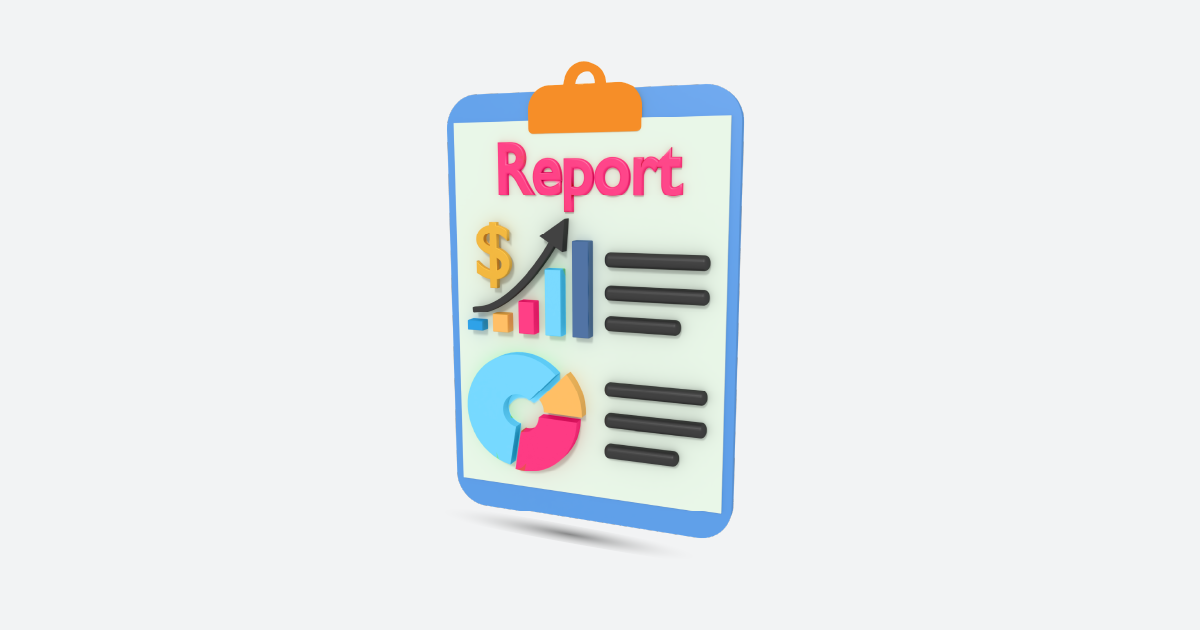Ever wondered what people are saying about your brand online? Well, welcome to the world of social listening! Social listening is like having superpowers that let you eavesdrop on conversations about your brand, industry, or competitors happening across the internet. Imagine knowing exactly what your customers think, feel, and say about your products—sounds amazing, right? That’s the magic of a social listening report example.
Understanding Social Listening Report Example

Definition and Purpose
A social listening report example is essentially your crystal ball into the digital chatter surrounding your brand. It collects and analyzes data from various social media platforms, blogs, forums, and news sites to provide insights into consumer sentiments, trends, and conversations. The purpose? To help you make informed decisions, craft better strategies, and ultimately, boost your brand’s presence and reputation.
Key Components of a Social Listening Report Example
A comprehensive social listening report typically includes:
- Brand Mentions: How often your brand is mentioned.
- Sentiment Analysis: The tone of these mentions—positive, negative, or neutral.
- Share of Voice: Your brand’s visibility compared to competitors.
- Trending Topics: What’s hot in your industry and what consumers are talking about.
Setting Up a Social Listening Strategy
1. Identifying Objectives
Before diving into data, it’s crucial to set clear objectives. Are you looking to improve customer service? Track a marketing campaign’s performance? Or perhaps gauge brand health? Clear goals will guide your strategy and ensure you gather relevant data.
2. Selecting the Right Tools
Choosing the right tools can make or break your social listening efforts. Popular tools include AIM Insights, Brandwatch, and Sprout Social. These platforms offer various features from real-time monitoring to in-depth analytics, helping you get the most out of your data.
3. Data Collection
1. Sources of Data
Data can come from a myriad of sources such as:
- Social Media Platforms (Facebook, Twitter, Instagram)
- Blogs and Forums
- News Websites
- Review Sites
2. Methods for Gathering Data
Automated tools can collect vast amounts of data quickly. However, combining automated data collection with manual reviews can provide a more nuanced understanding of the context and sentiment behind mentions.
4. Data Analysis
1. Qualitative vs. Quantitative Analysis
Quantitative analysis focuses on numbers—how many times your brand is mentioned, the percentage of positive vs. negative sentiments, etc. Qualitative analysis digs deeper into the context of these mentions, providing insights into why people feel a certain way about your brand.
2. Tools and Techniques for Analysis
Analytical tools like Google Analytics, Tableau, and native social media analytics can help in slicing and dicing the data to uncover meaningful patterns and insights.
Key Metrics to Track
1. Brand Mentions
Tracking how often your brand is mentioned can help gauge its visibility and popularity.
2. Sentiment Analysis
Understanding the sentiment behind mentions—whether positive, negative, or neutral—helps in assessing brand health and reputation.
3. Share of Voice
This metric compares your brand’s visibility against that of your competitors, giving you an idea of your market position.
4. Trend Analysis
Identifying trending topics and hashtags can help in staying ahead of the curve and participating in relevant conversations.
Creating a Social Listening Report
1. Structuring the Report
A well-structured report should include an executive summary, key findings, data visualizations, and actionable recommendations.
2. Visualizing Data
Graphs, charts, and word clouds can make data more digestible and highlight key insights at a glance.
3. Highlighting Key Insights
Summarize the most important findings, providing a clear and concise overview of what the data reveals.
Interpreting the Results
1. Understanding Consumer Sentiment
Analyzing sentiment helps in understanding public perception of your brand. Are customers happy with your products? Are there recurring complaints or praises?
2. Identifying Trends and Patterns
Spotting patterns in the data can reveal emerging trends and areas needing attention, helping you stay proactive rather than reactive.
Actionable Insights
1. Developing Strategies Based on Findings
Use the insights gained to tweak your marketing strategies, improve customer service, and enhance product offerings.
2. Real-life Examples of Actionable Insights
For instance, if a significant number of customers are complaining about slow delivery times, consider optimizing your logistics. If a new product feature is getting rave reviews, highlight it in your marketing campaigns.
Case Study: A Successful Social Listening Campaign
1. Overview of the Campaign
A leading tech company launched a new smartphone and utilized social listening to monitor its reception.
2. Objectives and Goals
The primary goals were to gauge consumer reactions and identify any issues early on.
3. Execution and Results
Through social listening, the company discovered a common complaint about the battery life. They promptly addressed this in their communication and released an update to fix the issue, resulting in improved customer satisfaction and positive reviews.
Best Practices for Social Listening
1. Regular Monitoring
Consistent monitoring helps in staying updated with real-time conversations and sentiments.
2. Engaging with Your Audience
Responding to both positive and negative mentions shows that you value customer feedback and are committed to improving.
3. Continuous Improvement
Use insights to continuously refine and improve your products, services, and marketing strategies.
Common Challenges and How to Overcome Them
1. Data Overload
To avoid being overwhelmed by data, focus on the most relevant metrics and use tools to filter out noise.
2. Ensuring Data Accuracy
Cross-check data from multiple sources to ensure accuracy and reliability.
3. Maintaining Privacy and Compliance
Respect user privacy and comply with regulations such as GDPR to avoid legal issues.
Social Listening Tools
1. Overview of Popular Tools
Popular social listening tools include AIM Insights, Brandwatch, Sprout Social, and Mention.
2. Comparison of Features and Pricing
Each tool offers unique features and varying pricing plans. Choose the one that best fits your needs and budget.
Future Trends of Social Listening Report Example
1. Emerging Trends
The future of social listening lies in AI and machine learning, which will offer even deeper insights and more accurate predictions.
2. Technological Advancements
Advancements in natural language processing and sentiment analysis will enhance the capabilities of social listening tools.
Conclusion
In a world where digital conversations shape brand perceptions, social listening is your secret weapon. It’s not just about listening; it’s about understanding and acting on what you hear. By leveraging social listening, you can stay ahead of the competition, improve customer satisfaction, and make data-driven decisions that propel your brand to new heights.
Ready to see the power of social listening in action? Request a demo from AIM Technologies today and discover how our cutting-edge tools can transform your brand’s digital strategy!
FAQs
What is the difference between social listening and social monitoring?
- Social listening involves analyzing the conversations and trends, while social monitoring focuses on tracking specific mentions and engagements.
How often should a social listening report be generated?
- It depends on your objectives, but typically, monthly reports are effective for most brands.
Can social listening help in crisis management?
- Absolutely! It allows you to detect early signs of a crisis and respond promptly to mitigate damage.
What industries benefit the most from social listening?
- All industries can benefit, but it’s particularly valuable for consumer-facing sectors like retail, hospitality, and tech.
How to measure the ROI of social listening?
- Measure the impact on key business metrics such as brand sentiment, customer engagement, and sales to gauge ROI.




